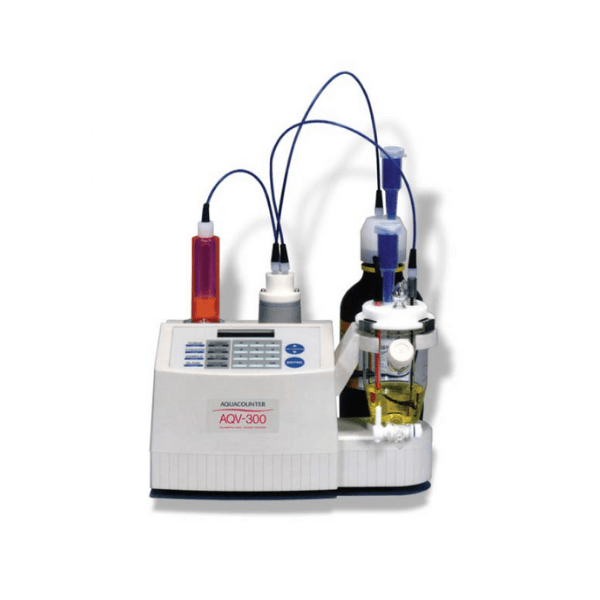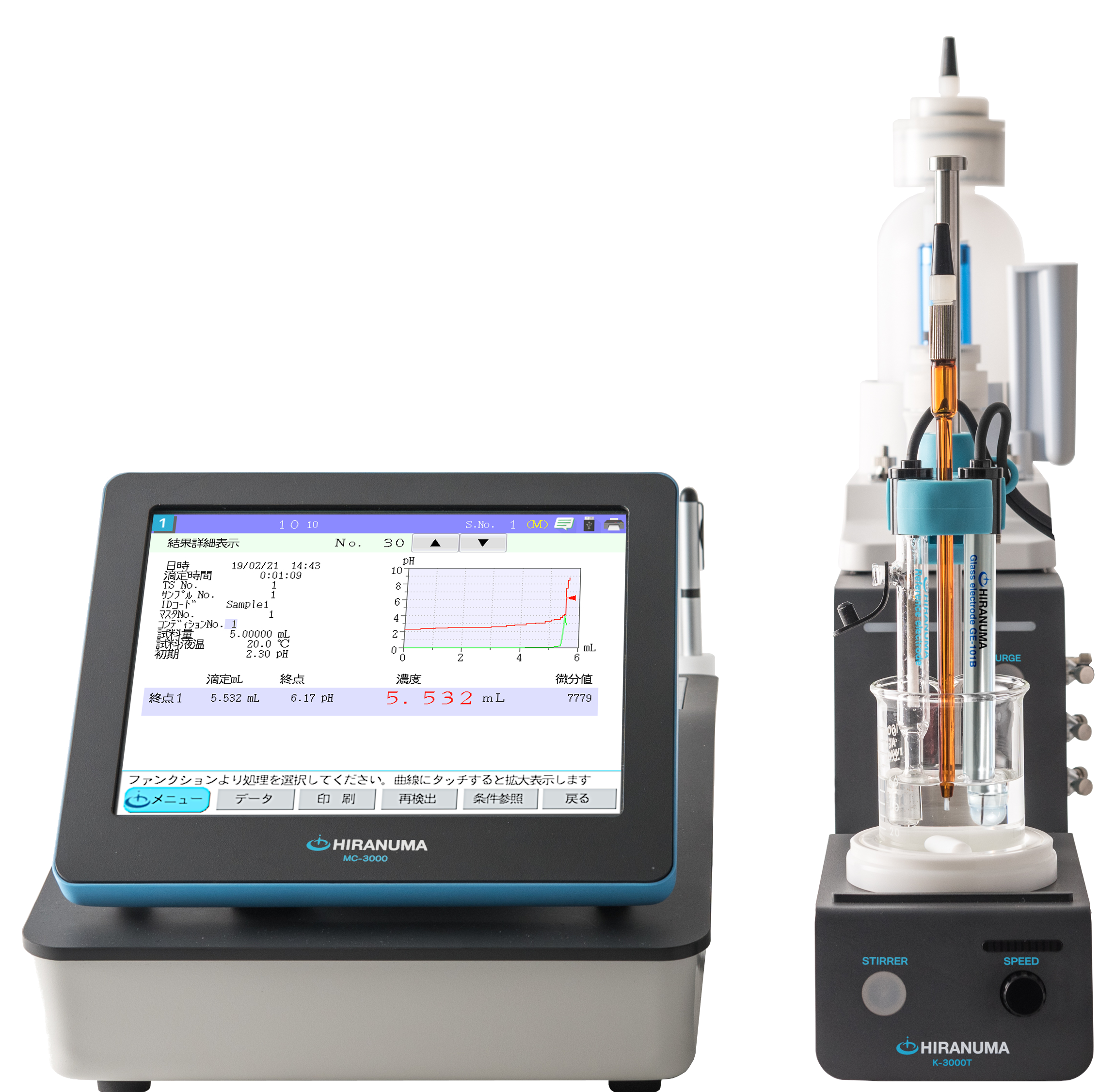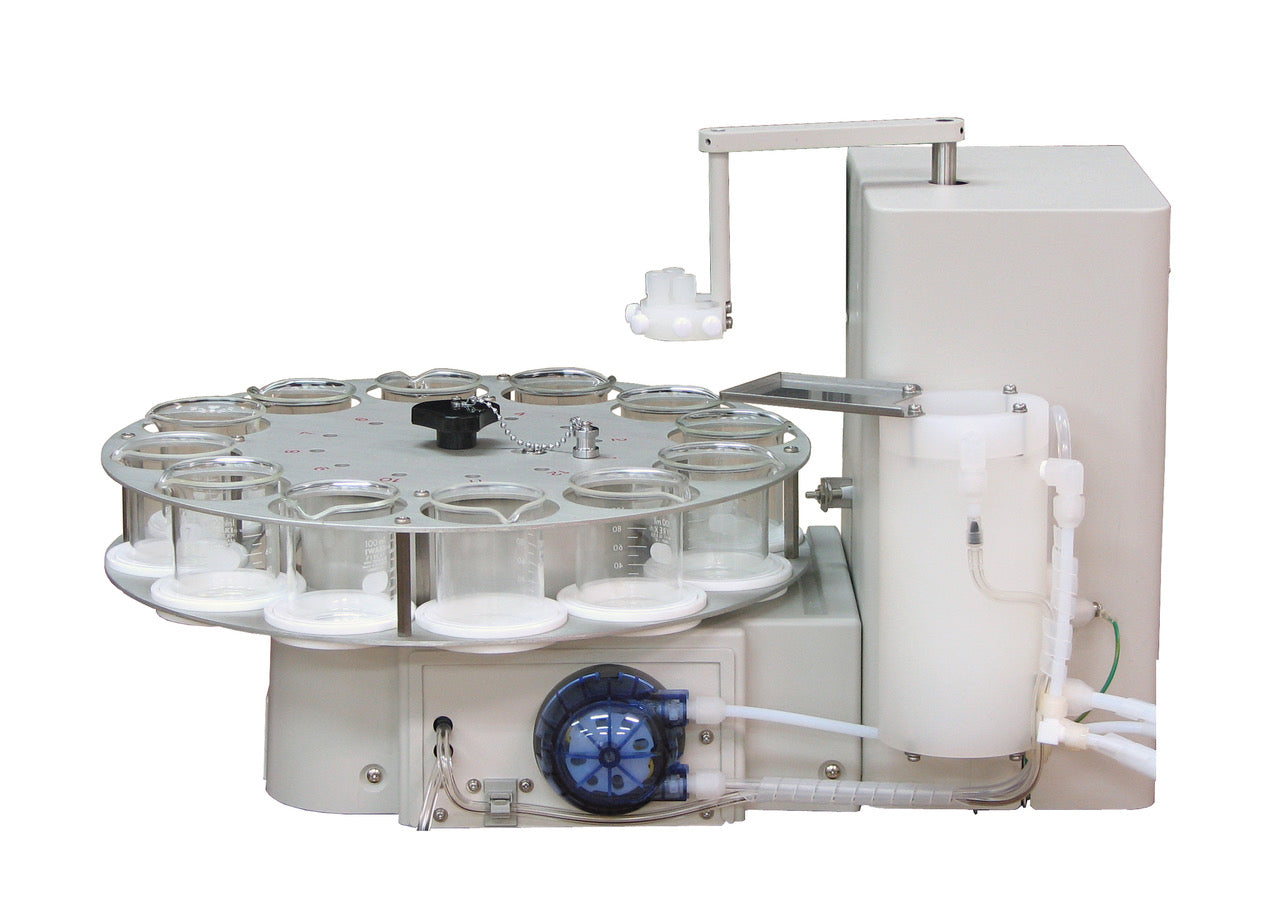Karl Fischer & Potentiometric Titration Application Library
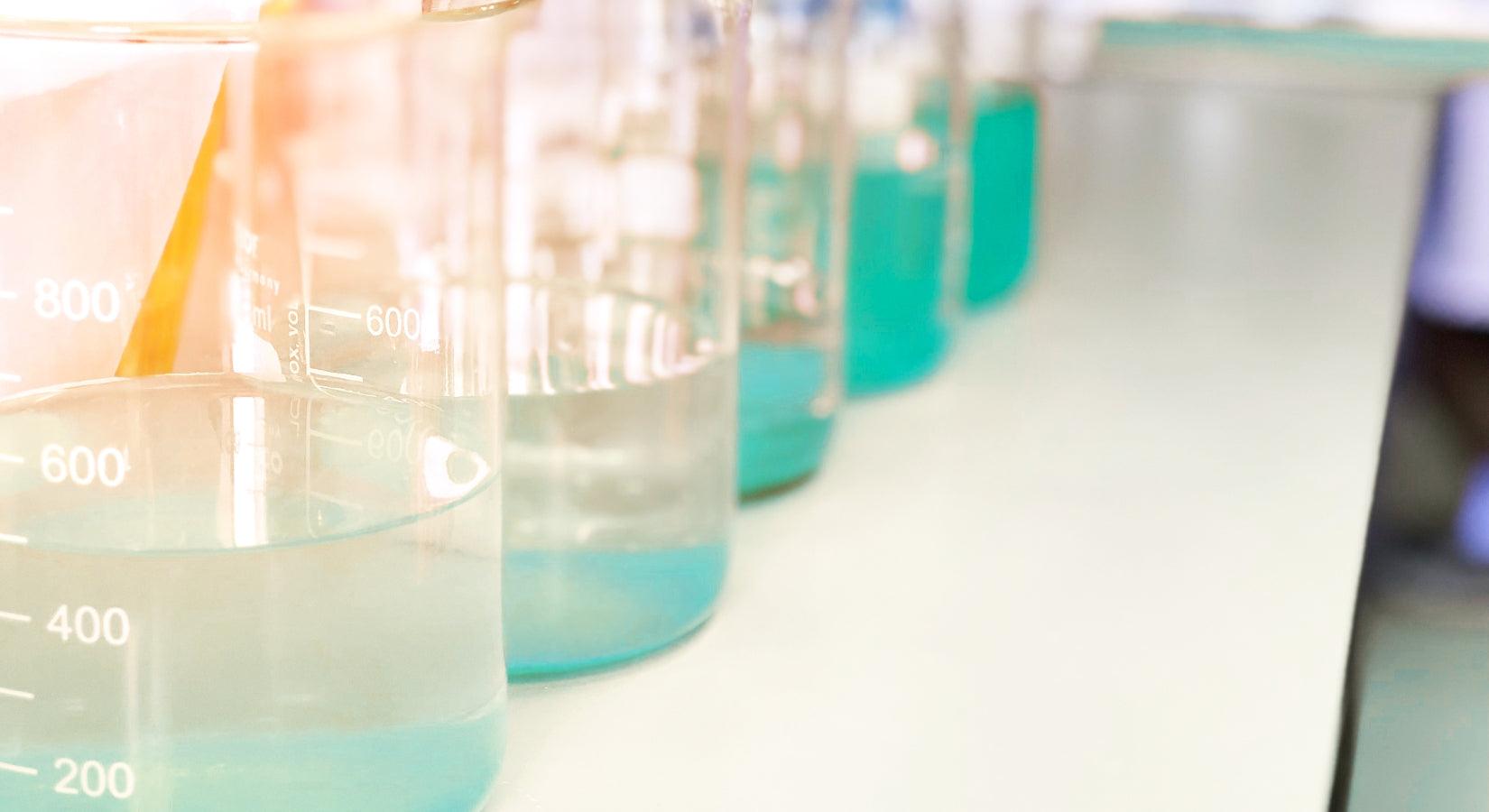
Determination of copper in copper sulfate plating solution | Autotitrator COM-A19
Copper sulfate plating is widely used in plating industries such as ornament, basic plating of anticorrosion plating, and plating for printed circuit board etc. This report introduces an example for determination of copper in copper sulfate plating solution with redox titration as follows: add potassium iodide to acidic sample to oxidize iodide by copper ion and generate free iodine (reaction 1). Titrate this free iodine with sodium thiosulfate to determine copper concentration (reaction 2) by redox titration.
2Cu²+ + 4I- → 2CuI + I₂・・・(1)
I₂ + 2Na₂S₂O₃ → 2NaI + Na₂S₄O₆・・・(2)
2Cu²+ + 4I- → 2CuI + I₂・・・(1)
I₂ + 2Na₂S₂O₃ → 2NaI + Na₂S₄O₆・・・(2)
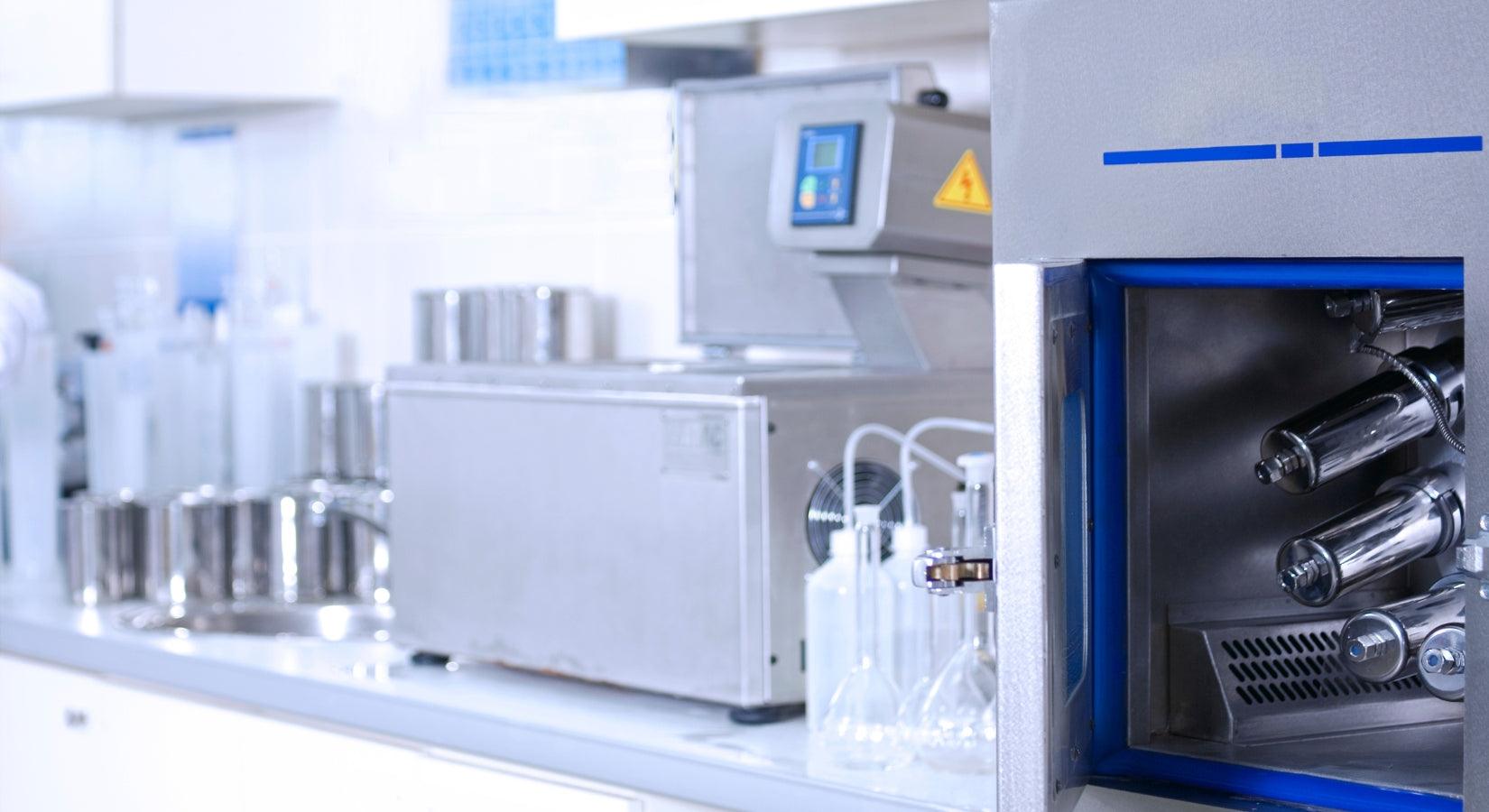
Quantitative determination of total nickel (Ni²⁺) in nickel plating solution | Autotitrator COM-A19
The control and analysis of nickel plating solution is very important process for the product quality. Analytical components of the general nickel plating solution are 1) nickel sulfamate, 2) nickel chloride, and 3) boric acid. The example of quantitative determination for total nickel which is total amount of nickel chloride and nickel sulfamate in nickel plating solution is introduced in this report. The total nickel is determined by photometric titration with EDTA standard solution using indicator MX.
Ni(II) + EDTA → Ni-EDTA
Ni(II) + EDTA → Ni-EDTA
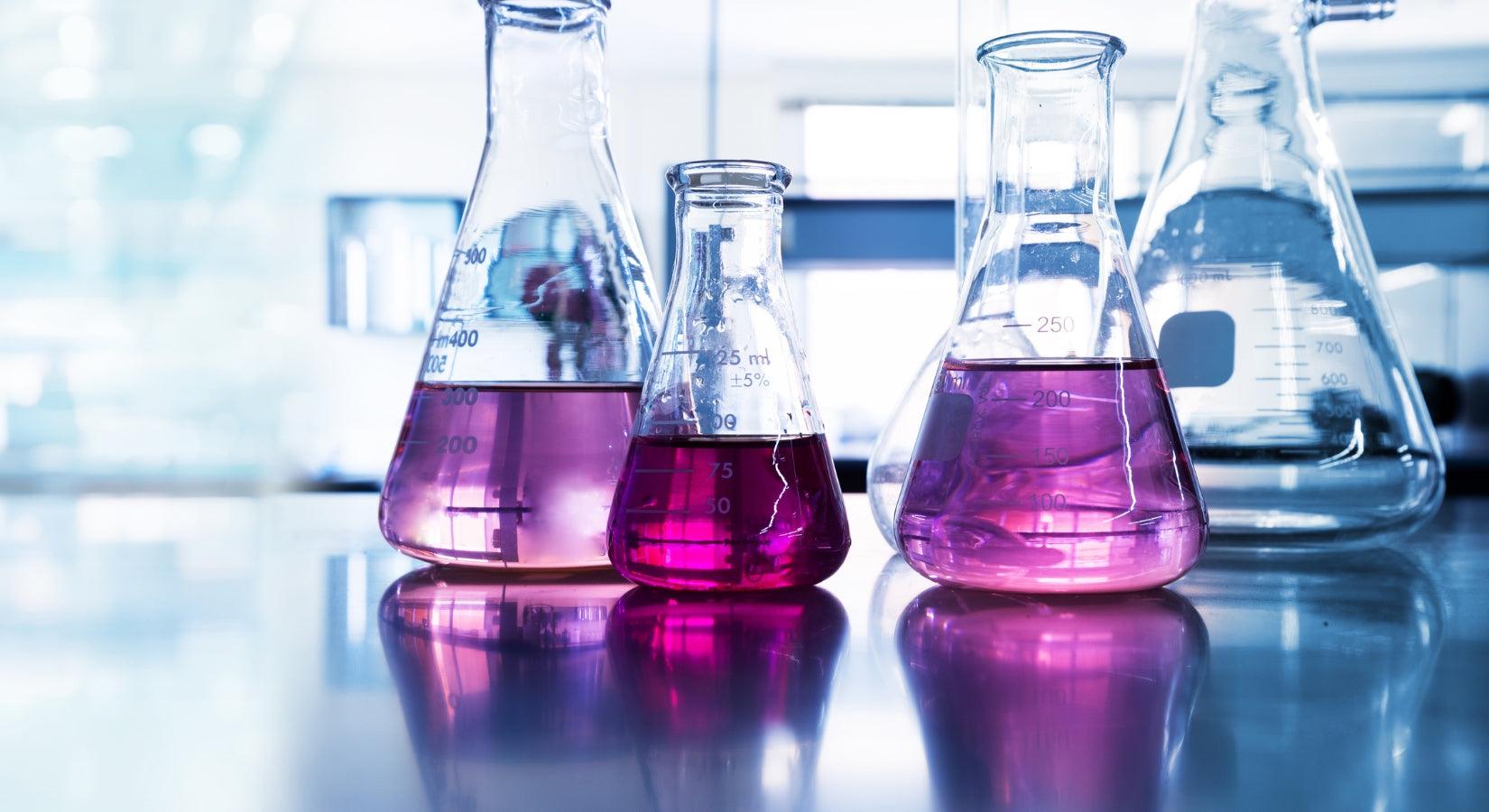
Determination of hydrogen peroxide and sulfuric acid in etching solution | Autotitrator COM-A19
Sulfuric acid and hydrogen peroxide are main components of the etching solution which is used for cleaning the copper surface (soft etching) or half etching. The concentration of sulfuric acid and hydrogen peroxide have to be properly controlled to maintain constant etching speed because hydrogen peroxide readily decomposes by itself. This report introduces a measurement example as below.
1) Determination of sulfuric acid by neutralization titration with sodium hydroxide・・・(1)
2) Determination of hydrogen peroxide by redox titration with potassium permanganate standard solution.・・・ (2)
H₂SO₄ + 2NaOH → Na₂SO₄ + H₂O・・・(1)
5H₂O₂ + 2KMnO₄ + 3H₂SO₄ → K₂SO₄ + 2MnSO₄ + 8H₂O + 5O₂・・・(2)
1) Determination of sulfuric acid by neutralization titration with sodium hydroxide・・・(1)
2) Determination of hydrogen peroxide by redox titration with potassium permanganate standard solution.・・・ (2)
H₂SO₄ + 2NaOH → Na₂SO₄ + H₂O・・・(1)
5H₂O₂ + 2KMnO₄ + 3H₂SO₄ → K₂SO₄ + 2MnSO₄ + 8H₂O + 5O₂・・・(2)
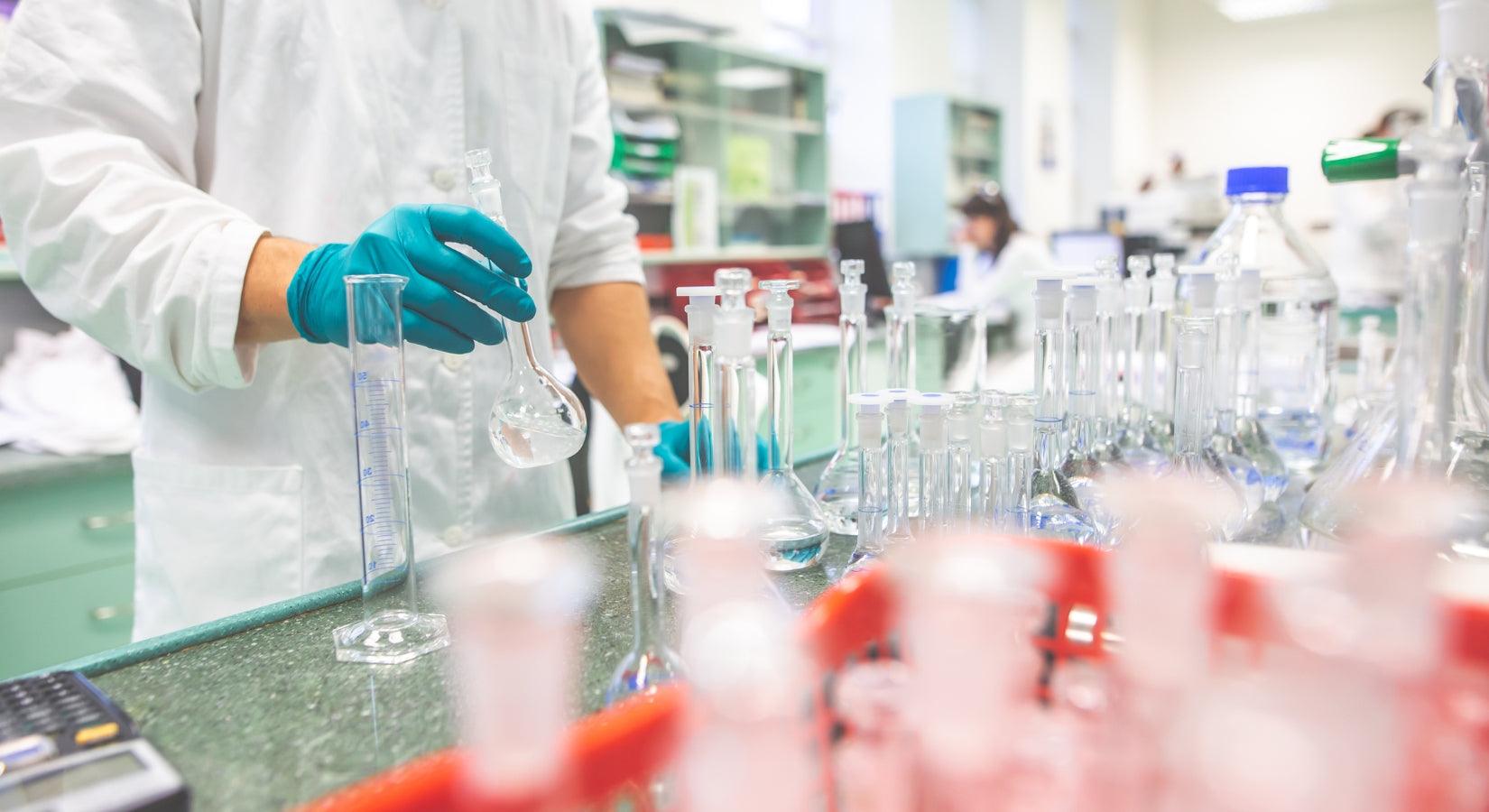
Determination of Tin (Sn²⁺) in solder plating solution | Autotitrator COM-A19
Tin (Sn²⁺) in solder plating solution is determined by redox titration with iodine. Solder plating solution contains Sn (II) ions, Sn (IV) ions, and acids etc. Iodine works as oxidizing agent for stannous ion. Sn (II) ions are readily oxidized by oxygen in the air to be Sn (IV) ions. The measurement environment under carbon dioxide or nitrogen gas could provide reliable results.
Sn²⁺ + I₂ → Sn⁴⁺ + 2I⁻
This report introduces a measurement example that sample is added to solution under carbon dioxide gas generated by the decomposition of sodium hydrogen carbonate, and titrated with iodine titrant.
Sn²⁺ + I₂ → Sn⁴⁺ + 2I⁻
This report introduces a measurement example that sample is added to solution under carbon dioxide gas generated by the decomposition of sodium hydrogen carbonate, and titrated with iodine titrant.
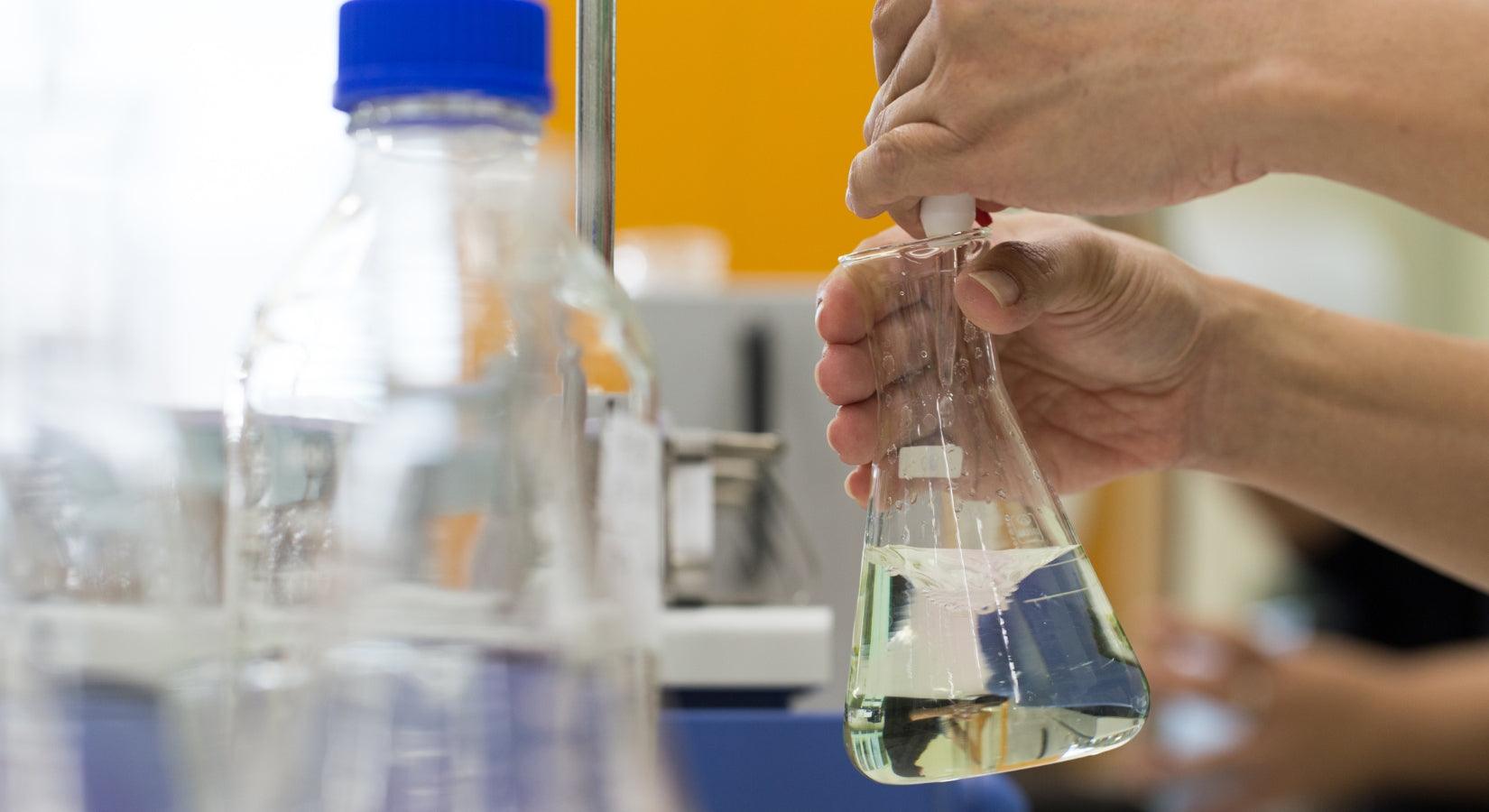
Quantitative determination of chromic anhydride and chromium (III) in chromium plating solution | Autotitrator COM-A19
The control and analysis of chromium plating solution are very important process for the product quality. General analytical components of the chromium plating solution are the following 5 components.
(1) Chromic anhydride (CrO₃)
(2) Chromium (III) (Cr³⁺)
(3) Sulfuric acid
(4) Fluoride ion
(5) Iron
This report introduces an example of measurement for (1) chromic anhydride and (2) chromium (III).
The measurement procedure of chromic anhydride is as follows: Take diluted sample solution and add sulfuric acid to acidify it. Accurately add a certain amount of ammonium iron (II) sulfate in an amount sufficient to react the entire amount of chromic anhydride, and react the chromic anhydride by the reaction formula (1). The unreacted ammonium iron (II) sulfate is titrated with a potassium permanganate standard solution according to reaction formula (2) to obtain chromic anhydride.
(1) Chromic anhydride (CrO₃)
(2) Chromium (III) (Cr³⁺)
(3) Sulfuric acid
(4) Fluoride ion
(5) Iron
This report introduces an example of measurement for (1) chromic anhydride and (2) chromium (III).
The measurement procedure of chromic anhydride is as follows: Take diluted sample solution and add sulfuric acid to acidify it. Accurately add a certain amount of ammonium iron (II) sulfate in an amount sufficient to react the entire amount of chromic anhydride, and react the chromic anhydride by the reaction formula (1). The unreacted ammonium iron (II) sulfate is titrated with a potassium permanganate standard solution according to reaction formula (2) to obtain chromic anhydride.

Quantitative determination of nickel chloride in nickel plating solution | Autotitrator COM-A19
The control and analysis of nickel plating solution are very important process for the product quality. Analytical components of the general nickel plating solution are 1) nickel sulfate, 2) nickel chloride, and 3) boric acid. This report introduces an example of measurement for nickel chloride in nickel plating solution determined by potentiometric titration with silver nitrate standard solution.
NiCl₂ + 2AgNO₃ → Ni (NO₃)₂ + 2AgCl
NiCl₂ + 2AgNO₃ → Ni (NO₃)₂ + 2AgCl

